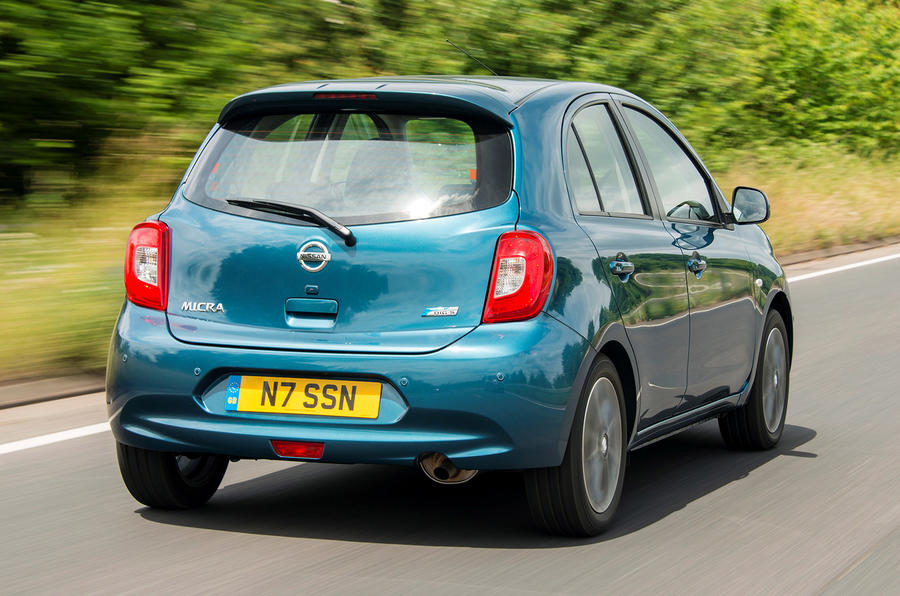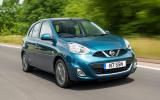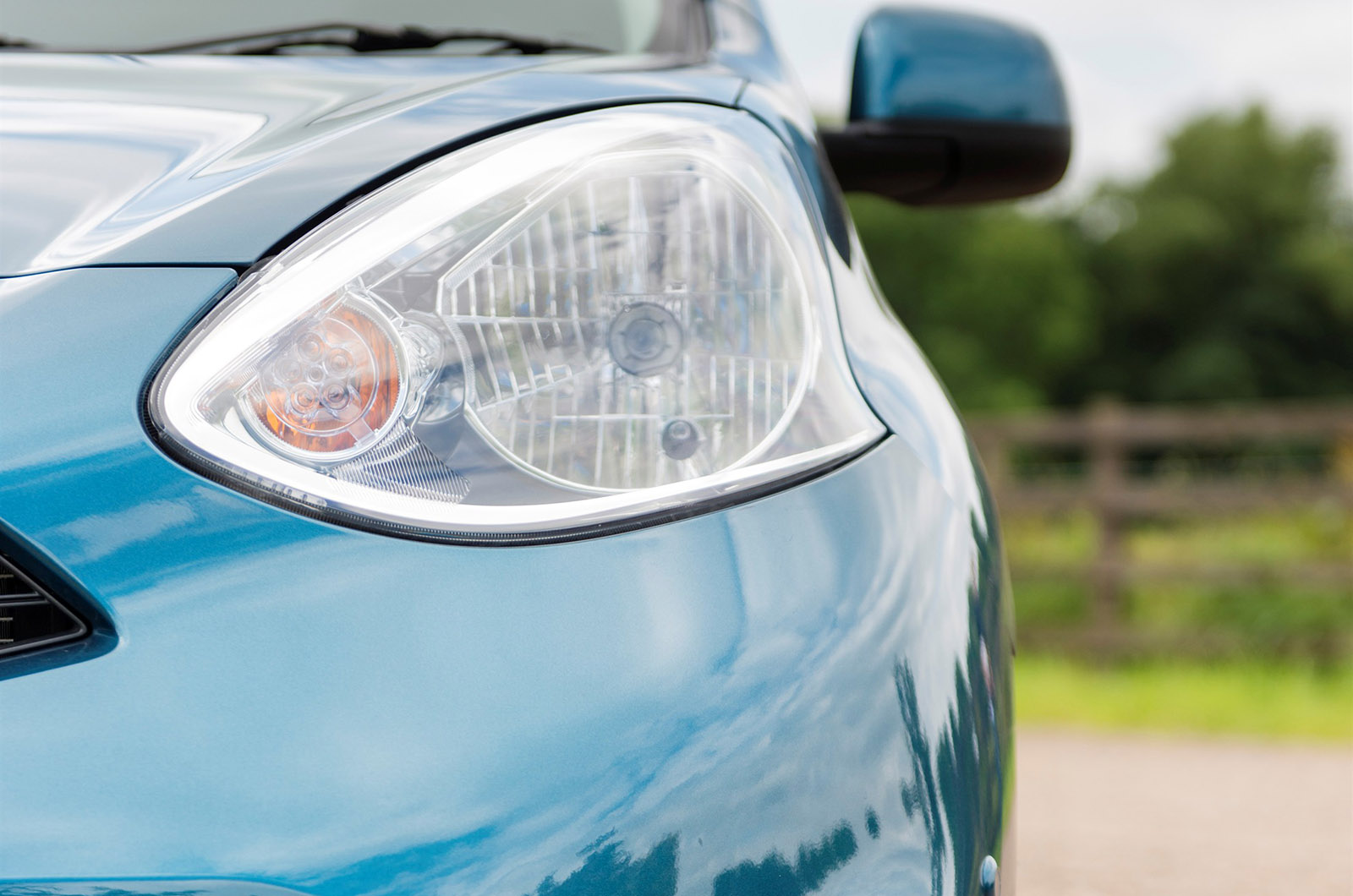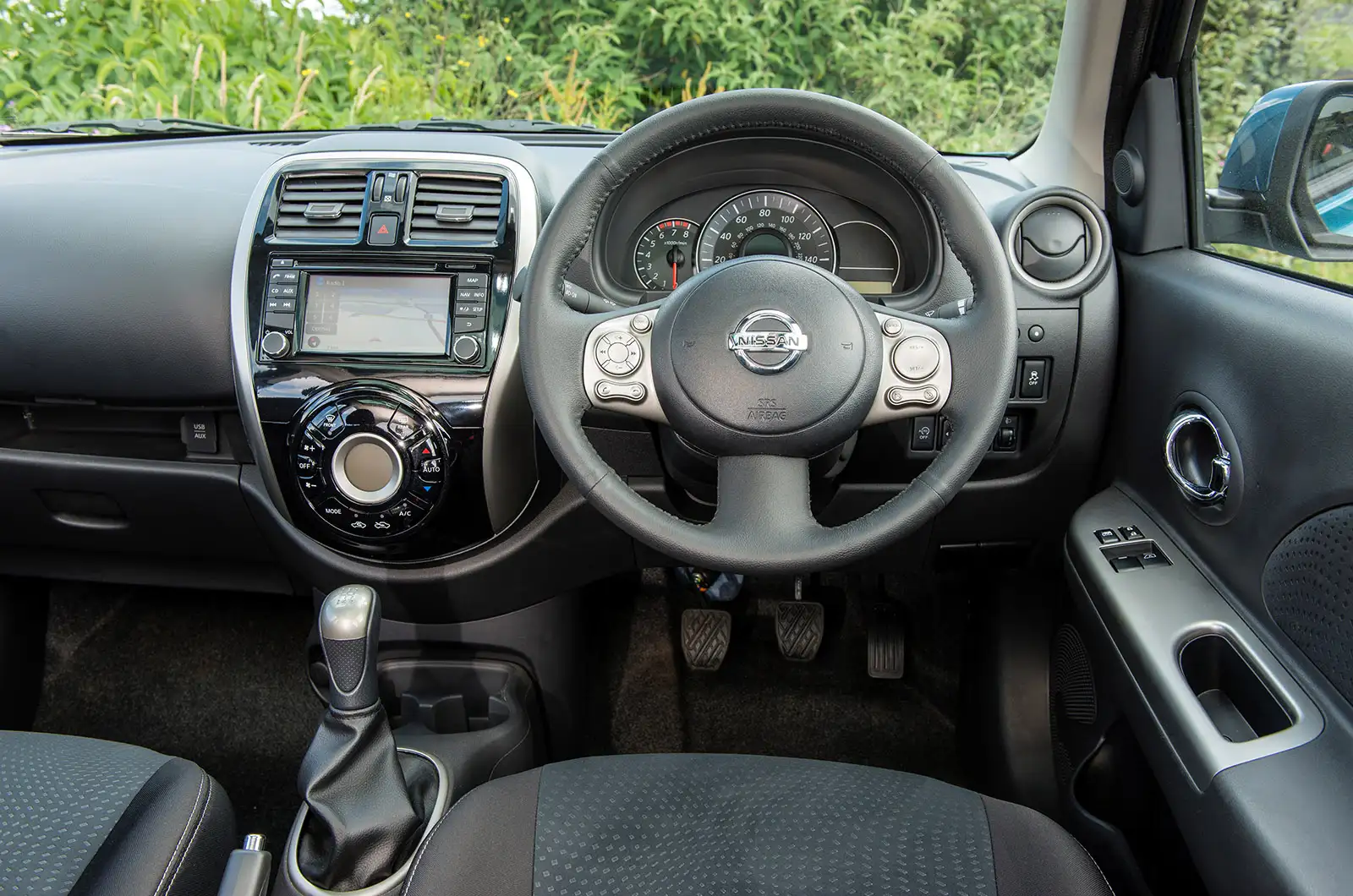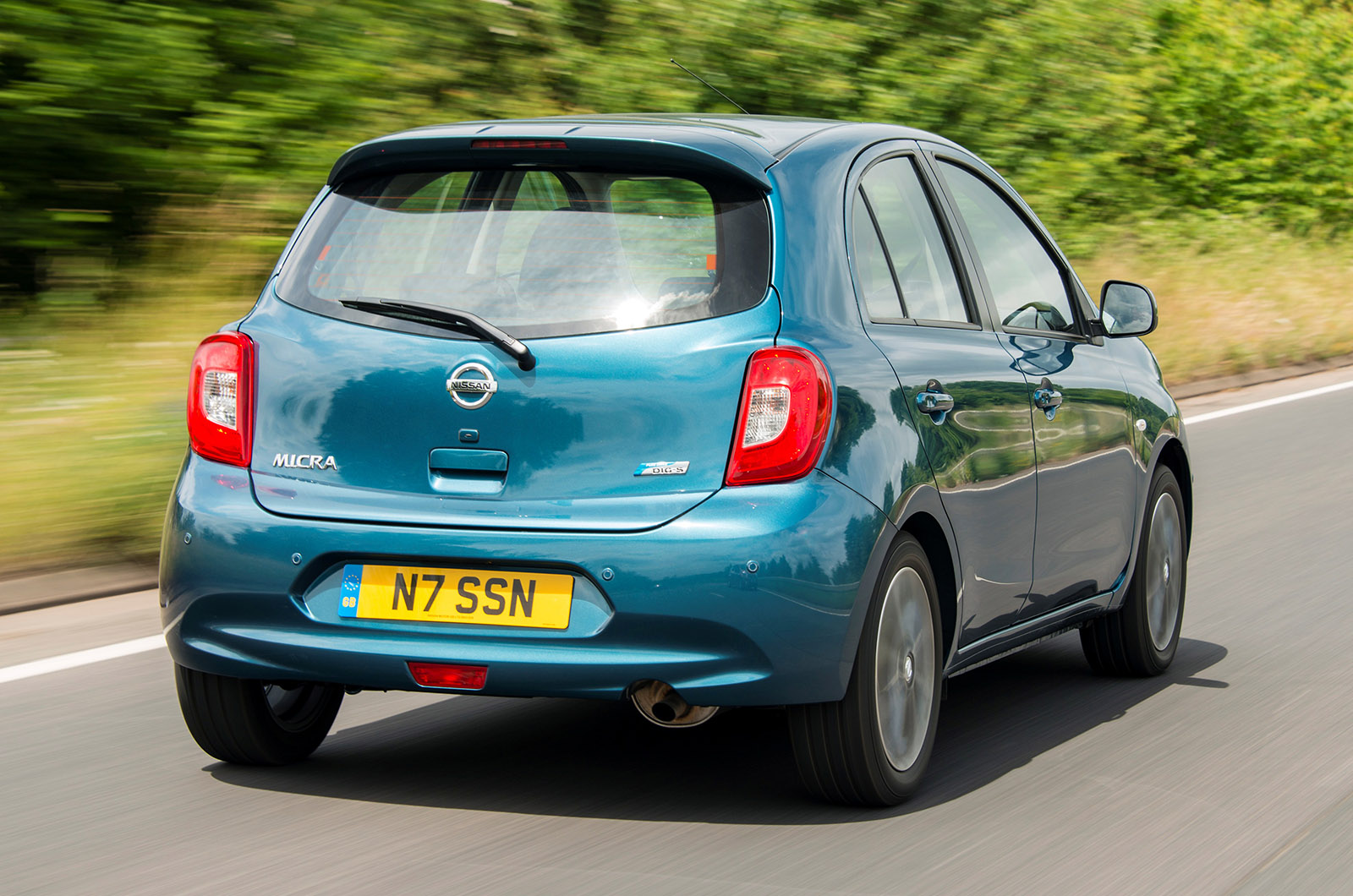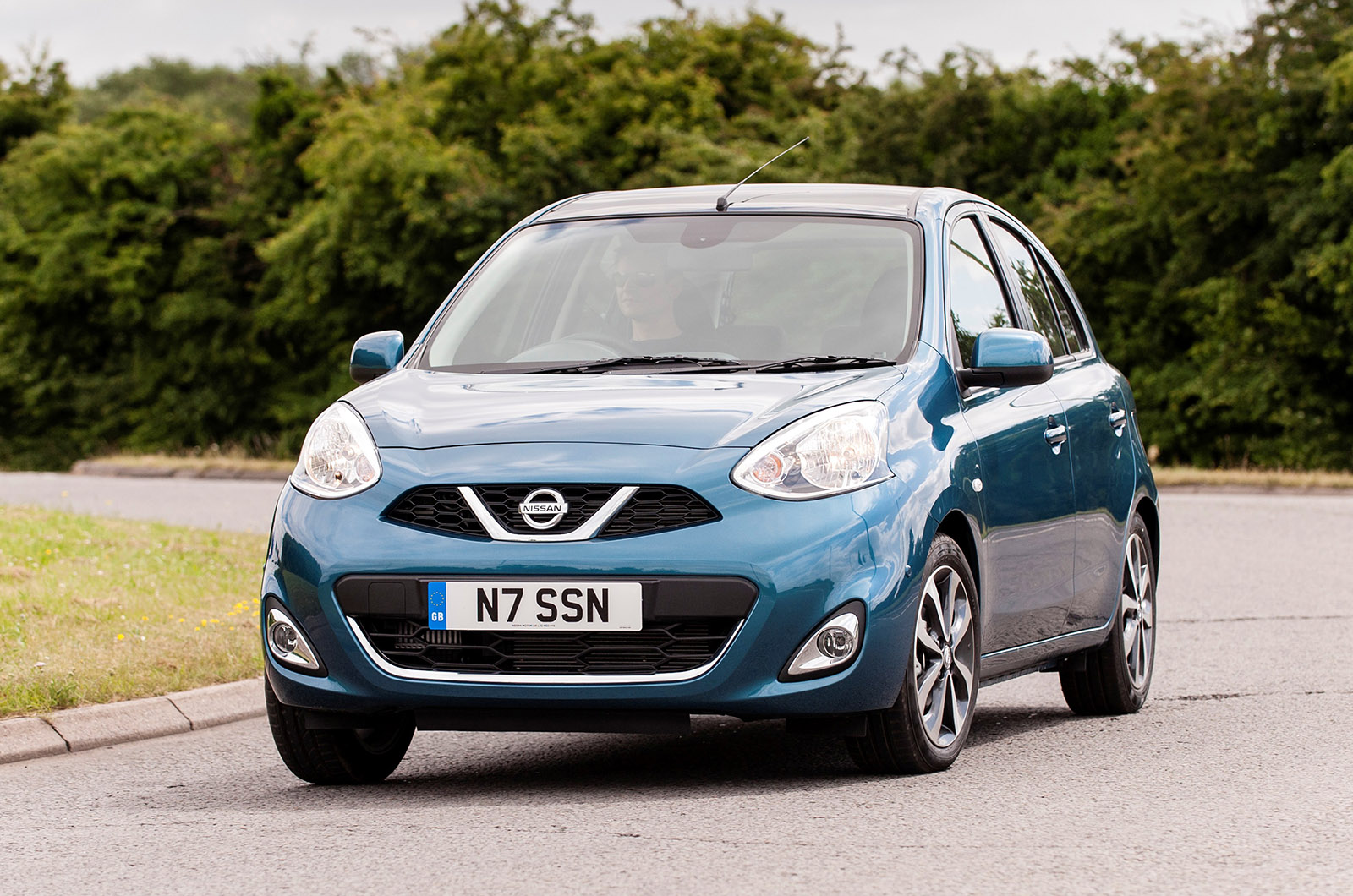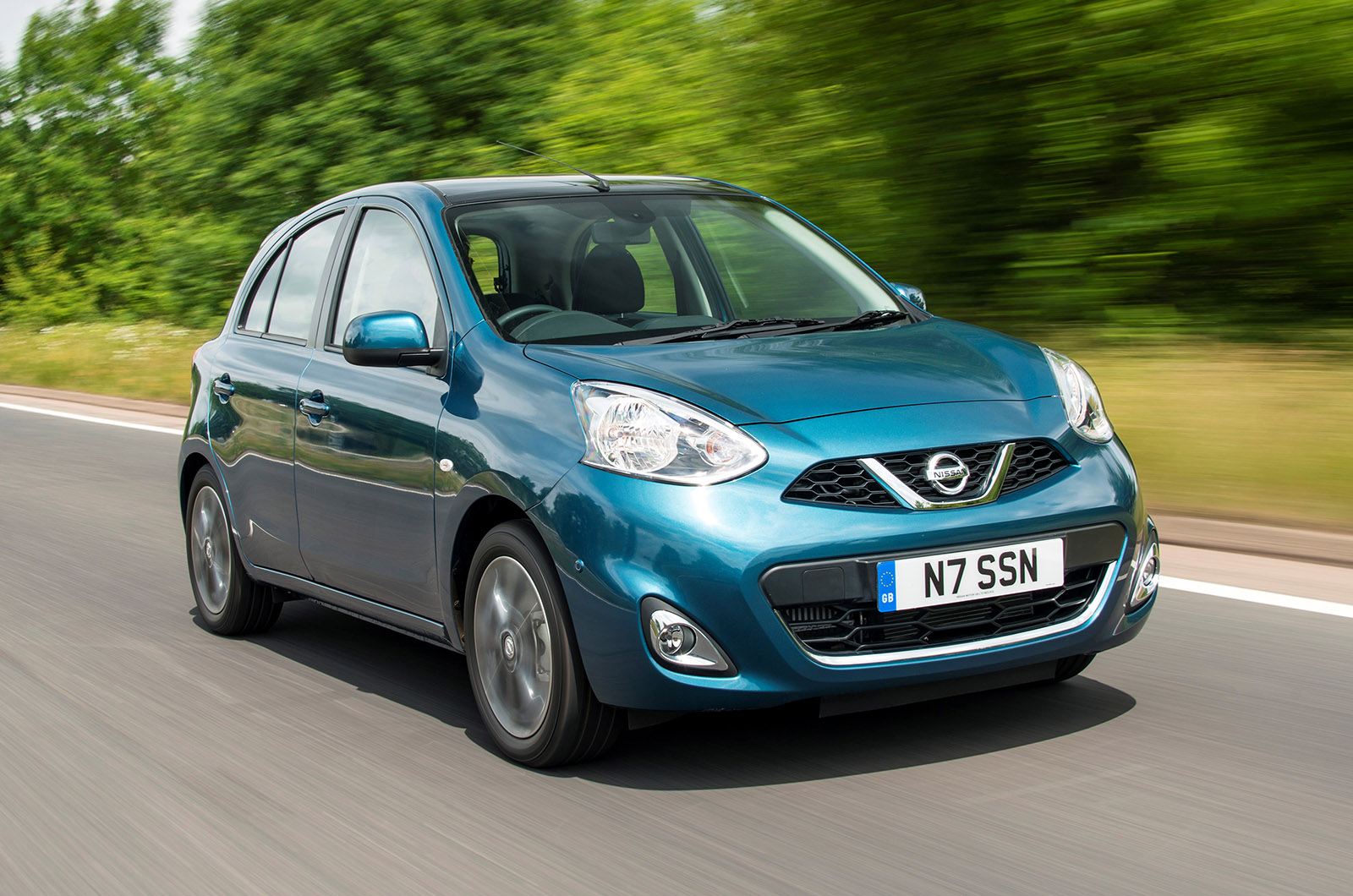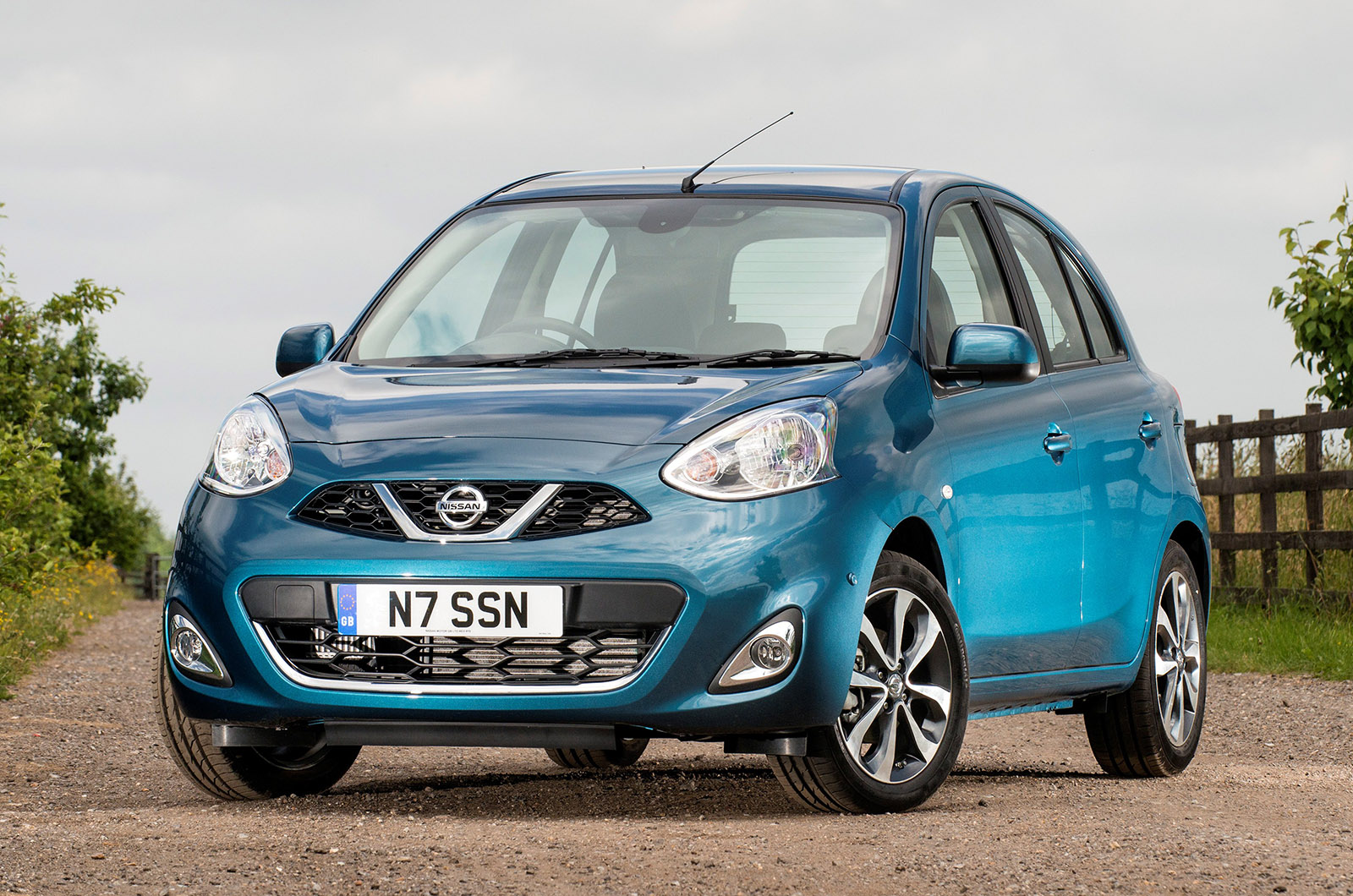The Nissan Micra has been with us since 1982, and is one of the UK’s most recognisable nameplates. We’ve always thought of the Nissan as a soft, bubbly, chintzy supermini. Not any more. At least it’s no longer some of those things.
The fourth-gen Nissan Micra is now a global car, sold in more than 55 countries and built in four, of which the UK (now home to the higher-tech Nissan Leaf) is not one. It is built in Thailand, Mexico, China and – from where UK-destined Micras sail – India.
Marketing a global car is simple enough if you are at the extremes of luxury, performance or utility; a Mercedes-AMG SLS is equally as desirable and a Toyota Hilux equally as useful in central Europe, the US mid-west or the Far East.
Conventional family cars have, traditionally, had a harder time convincing their respective customers that, say, standards for Asia are compatible with those of western Europe. Nissan, though, says that its ‘V’ (for Versatile) platform has allowed its engineers to adapt the Micra to suit the myriad regions where it will be sold.
Nevertheless, just three years after the launch of the fourth-generation K13 Nissan Micra, the car was heavily facelifted in response to poor sales. The fundamental problem was that after the funky third-generation Micra, it lacked any sort of pizzazz – dynamic, design or otherwise.
The facelift saw an entirely new front end from the windscreen forward, cosmetic tinkering at the rear of the car and revisions to improve perceived quality and appearance.













